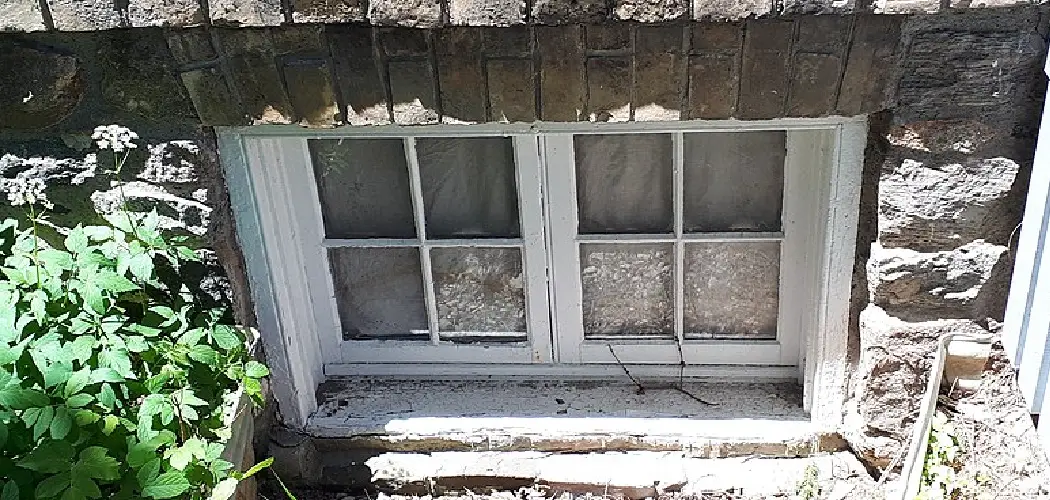Are you looking for an easy way to accurately measure your basement windows? It’s actually surprisingly simple if you have the right tools and know what to do! Whether you plan on installing new windows or just need accurate measurements for other projects, make sure you take the time to do it right.
In this blog post, we’ll provide step-by-step instructions on how to measure basement windows in no time at all. So read on, and equip yourself with the knowledge necessary to get your project done without any problem!
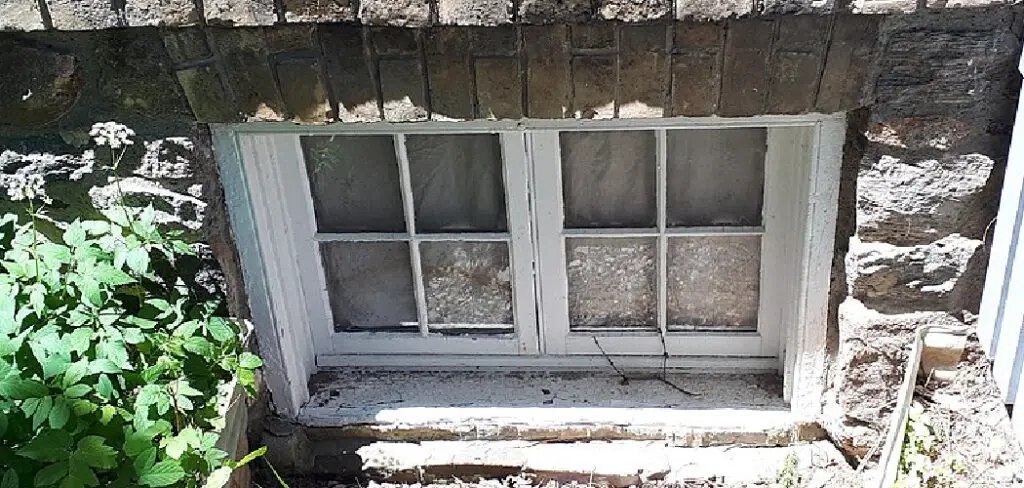
Tools and Materials You Will Need to Measure Basement Windows
- Tape measure
- Pencil
- Level
- Ladder (depending on the height of your windows)
- Notepad or paper for writing down results
- Calculator (optional, but helpful if performing more complex calculations)
Step-by-step Guidelines on How to Measure Basement Windows
Step 1: Start by Measuring the Width
Using the tape measure, measure the width of your basement window from one side to the other. Make sure you measure both sides as windows can often be a bit off-center and, if so, make sure to use the smallest measurement. Be sure to write down this figure on your notepad or paper for reference later on. Measuring the width of the window is an important step and should always be done first.
Step 2: Measure the Height
Now you’ll need to measure the height of your basement window from top to bottom. To do this, use a level and position it at both sides of your window frame to ensure you are measuring straight up and down. Once again, be sure to measure both sides and use the smallest measurement. If you have a tall window, you may need to use a ladder in order to access the top of the frame for accurate measurements. Once complete, record the number on your notepad or paper.
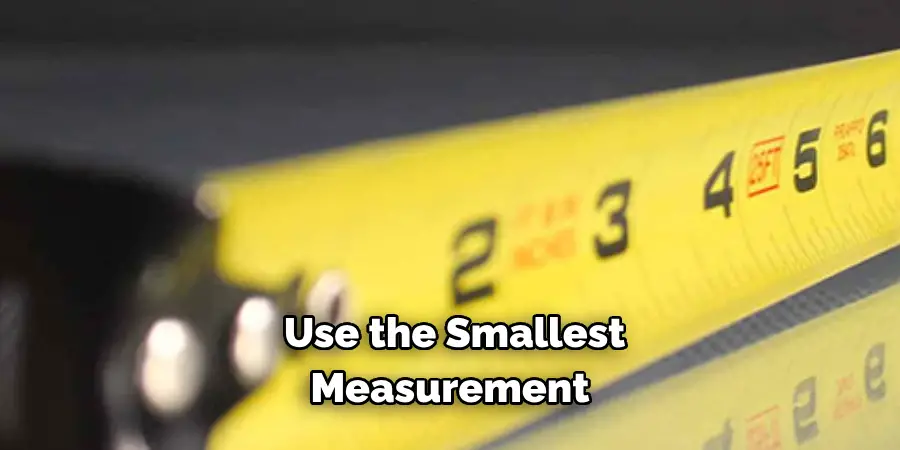
Step 3: Calculate the Area
Now that you have both width and height measurements written down, it’s time to calculate the area of your basement window. This is done simply by multiplying the width and height together and writing down the resulting total area on your notepad or paper. The rule is to always use the smallest measurement when multiplying these two figures, as this will give you the most accurate area.
These steps will help you to accurately measure your basement windows in no time at all! With careful measuring, you’ll soon have all of the necessary information to start any projects involving your windows. For more helpful how-to guides and tips, make sure to check back with us often. We’re constantly updating our blog with the latest information on DIY projects. Thanks for reading!
Additional Tips and Tricks to Measure Basement Windows
1. Double-check your measurements with a leveler. Use a standard carpenter’s level to make sure that the measurements you’ve taken are accurate and that the window is fully centered within the frame. This will help ensure proper installation of the window later on.
2. Take into account any obstructions that may prevent easy access to or visibility of the window. Obstacles such as furniture and cabinetry should be accounted for before taking measurements, as they could obstruct the installer’s access to or view of the window when it comes time to install.
3. Measure both the width and height of the existing frame itself. This will help you ensure that any new frame being installed is an exact fit within the current frame.
4. Take into account any additional details such as window grills or grids that may need to be removed prior to installation. This will help you ensure that the measurements of the new window are accurate and can be properly secured when installed.
5. Measure multiple times, from different angles, just to make sure all your numbers are accurate. Double-checking your measurements prior to purchase can help you avoid costly installation mistakes.
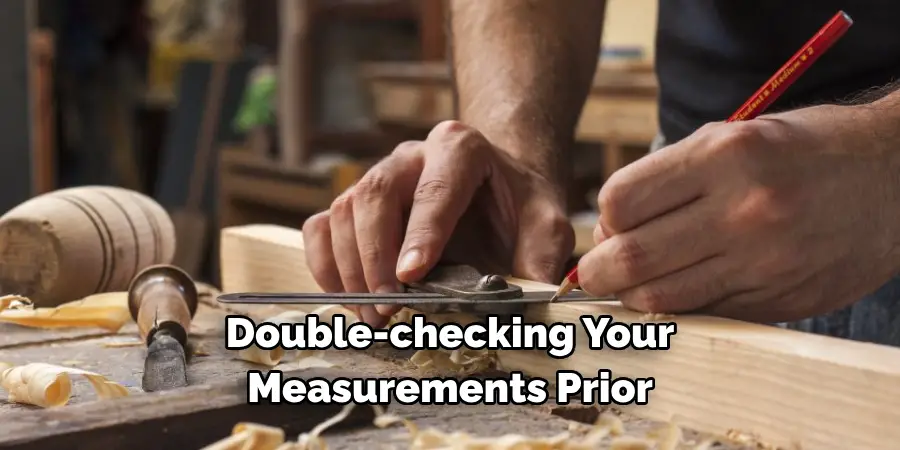
Following these tips and tricks can help ensure that any new window you install in your basement is the correct size, plus allows for easy installation and a secure fit. With careful measuring and attention to detail, you’ll be able to easily and accurately measure your basement windows for a perfect installation.
Importance of Measuring Basement Windows
Measuring your basement windows is a critical step when replacing them. Basement windows are often an afterthought for homeowners, but ignoring this important project can lead to costly mistakes and prevent proper installation of the window. Without accurate measurements, the new window may be either too small or too large for the space, leading to air drafts and potential water damage. By taking the time to measure your basement windows, you can ensure that the replacement window will fit perfectly and provide a secure seal against outside elements.
To get started with measuring your basement windows, note the size of the existing window frame when it is closed. This measurement should include both vertical and horizontal dimensions, along with any other odd shapes or angles in the frame that need to be taken into account. If possible, measure the window while it is open as well, in order to get a more accurate measurement of the opening size. Once you have these measurements, decide what type of replacement window you would like to install; many different types and styles are available so there is sure to be one that fits your needs perfectly.
Finally, it’s important to consider the overall size of your basement window opening when making your selection. Be sure to add a few extra inches in order to ensure that the window will fit properly and seal tightly within the frame. Taking these steps before you order or purchase the new window can help you avoid costly mistakes and ensure proper installation for years of use. With accurate measurements and the right window selection, you can be sure that your basement windows will fit properly and provide a secure seal against outside elements.
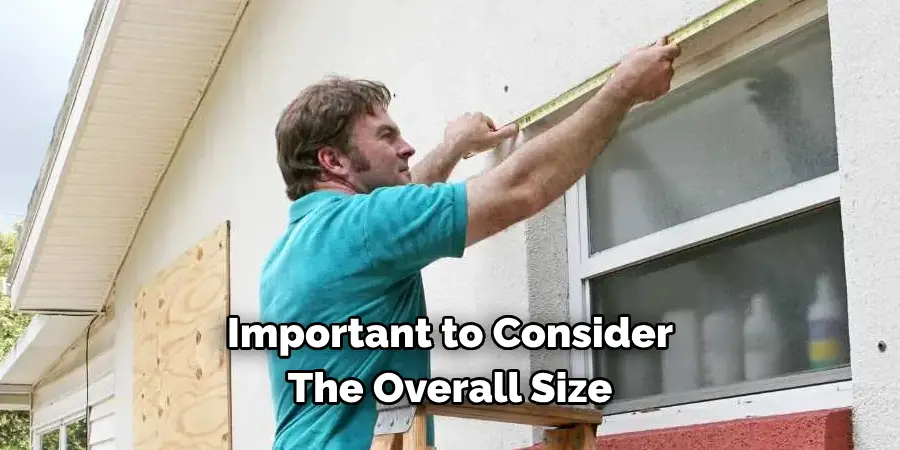
Precautions Need to Follow for Measuring Basement Windows
1. Know the measurement of your basement window before starting your project. Once you have determined what size window you need, double-check that the measurements are accurate.
2. Measure from the outside edges of the frame for an exact measure and don’t forget to account for any trim or molding that may be present on the wall around it.
3. Keep in mind that basement windows may have an odd shape or be off-square, so you’ll need to measure each individual side of the window instead of just taking one measurement for the width and another for the height.
4. If you are replacing your current basement window with a larger one, make sure you check the size at the top and bottom of the frame. The width and height may vary slightly between the top and bottom, depending on any tilt or angle of the window itself.
5. Always measure windows twice for accuracy as mistakes can be costly when it comes to ordering a window that is too large or too small for your opening.
Following these precautions can help you ensure that the measurements for your basement windows are accurate and will result in the perfect fit. Taking the time to measure correctly can save a lot of headaches down the line!
Frequently Asked Questions
What Are the Three Dimensions Needed to Measure a Basement Window?
The three dimensions you need to measure when measuring your basement window are width, height, and depth. Width is the horizontal measurement across the window from side-to-side, height is the vertical measurement from top-to-bottom, and depth is how far forward or backward the window protrudes from the wall.
How Do I Measure an Oddly-Shaped Basement Window?
Due to their unique shapes, measuring oddly shaped basement windows can be tricky. To get the most accurate measurements, it’s best to use a flexible tape measure that is long enough to span any angles or curves in your window. If you cannot fit the tape measure around the window, try measuring each section and adding up the measurements.
What Is a Rough Opening Measurement?
A rough opening measurement is the size of your basement window frame before it’s installed on your wall. This allows you to determine what size of window you need to fit in the hole without having to purchase a larger one that needs to be cut down. To measure your rough opening, you’ll need to take off the trim around the window and measure from inside the wall cavity.
What Are My Options If I Don’t Have an Exact Measurement?
If you don’t have an exact measurement for your basement window, there are a few options available. You can measure the closest window you have, order a standard-sized window that’s slightly larger than your opening, or purchase adjustable windows that can fit any size. Whatever option you choose, make sure to double-check your measurements before buying to ensure it will fit properly. This will save you time and money in the long run!
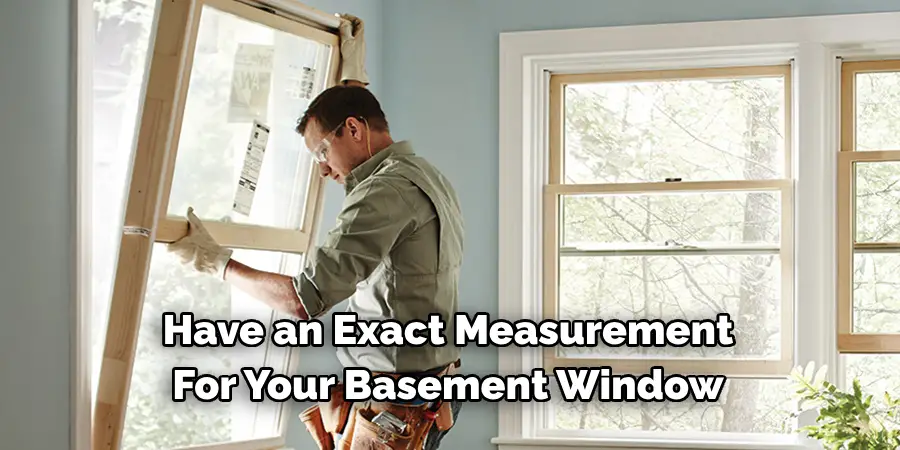
Conclusion
Knowing how to measure basement windows effectively is a useful skill that can save you money and help you find the best fit for your needs. Completing a simple, straightforward measurement process can save you time and hassle and make sure your new window fits perfectly.
Remember to double-check your measurements, consider all materials required during installation and factor in space around the window frame for insulation. As long as these steps are taken, measuring basement windows doesn’t have to be a challenge. So get out that tape measure and start measuring – it could be the first step in making your home even greater!

